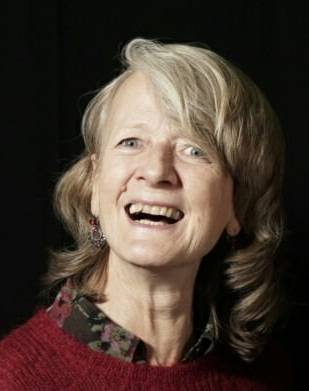Cited By
View all- Tan PRen X(2023)Rhythm Research in Interactive System Design: A Literature ReviewInternational Journal of Human–Computer Interaction10.1080/10447318.2023.2294628(1-20)Online publication date: 27-Dec-2023
- Ding YShi LDeng Z(2020)Low-Level Characterization of Expressive Head Motion Through Frequency Domain AnalysisIEEE Transactions on Affective Computing10.1109/TAFFC.2018.280589211:3(405-418)Online publication date: 1-Jul-2020
- T. Ishi C(2019)Motion Generation during Vocalized Emotional Expressions and Evaluation in Android RobotsFuture of Robotics - Becoming Human with Humanoid or Emotional Intelligence [Working Title]10.5772/intechopen.88457Online publication date: 19-Aug-2019
- Show More Cited By


